
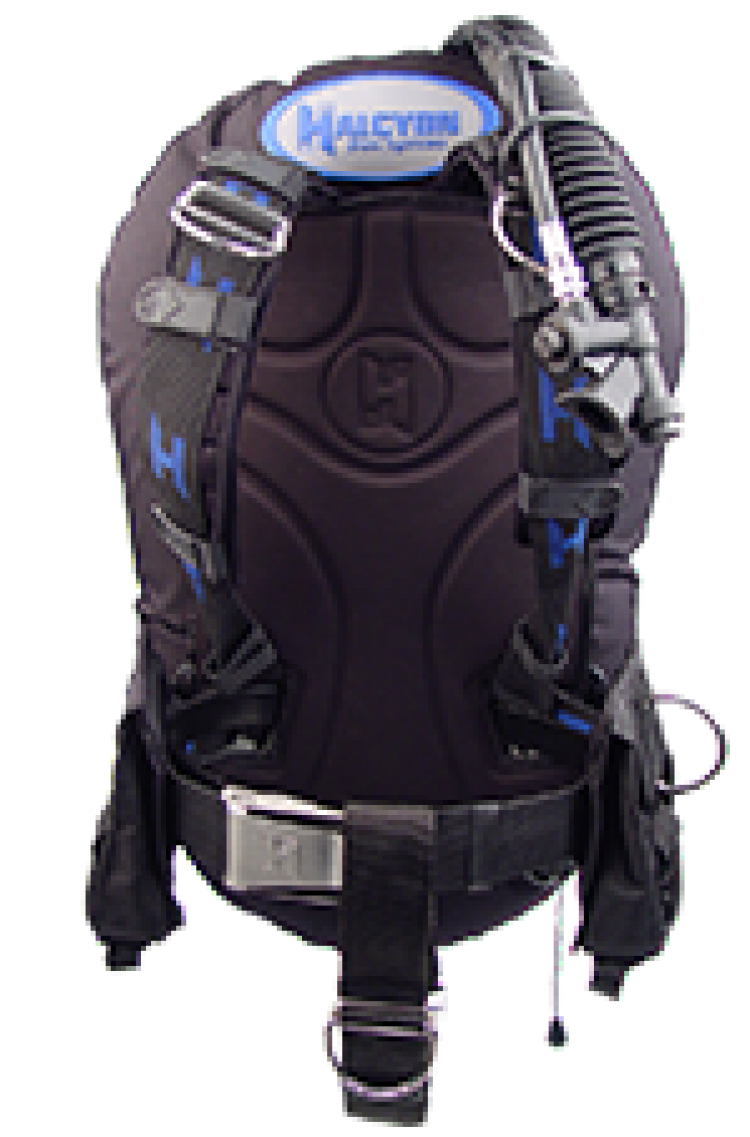

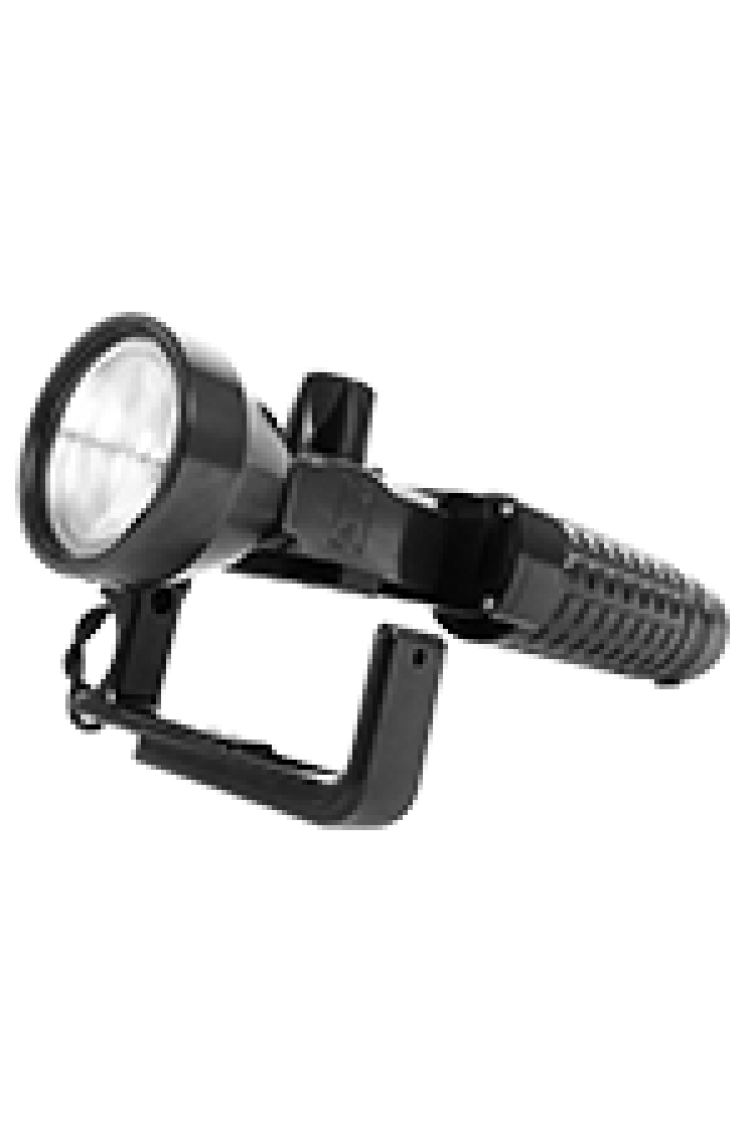
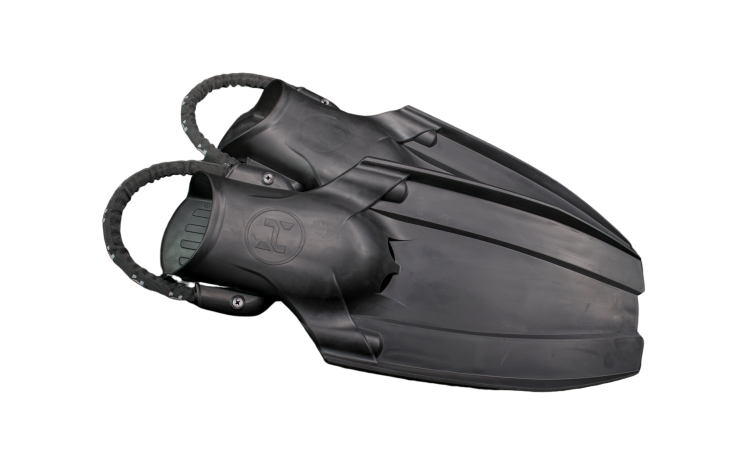
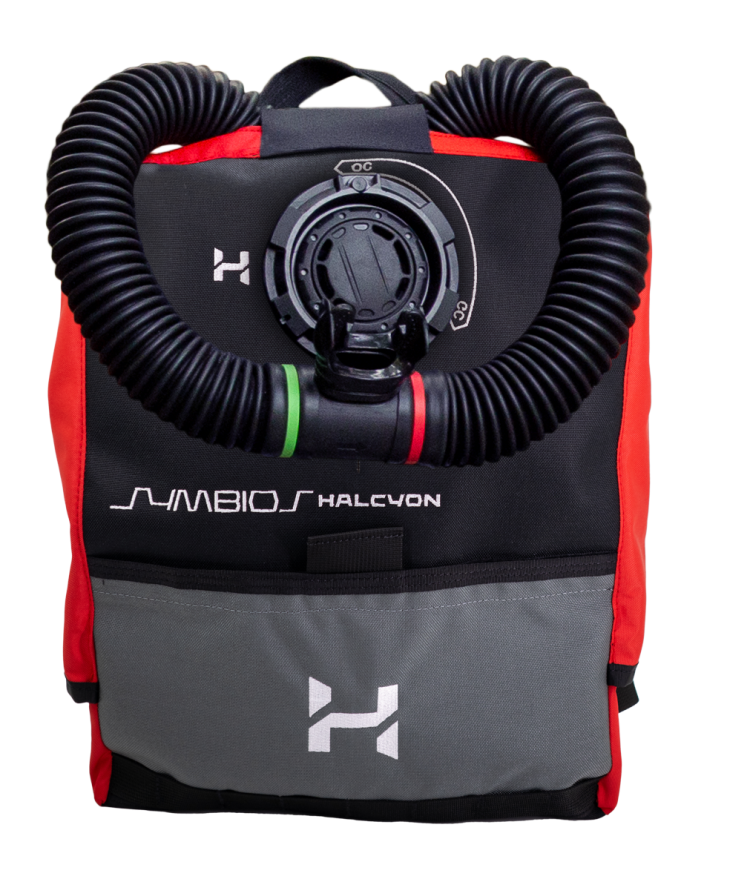
Introduction
Scuba diving is more than just an exploration of the underwater realm; it's a dance with physics, a balance of forces that ensures safety and control beneath the waves. Central to this balance is the concept of lift capacity. But what exactly is lift, and why is it so critical for divers?
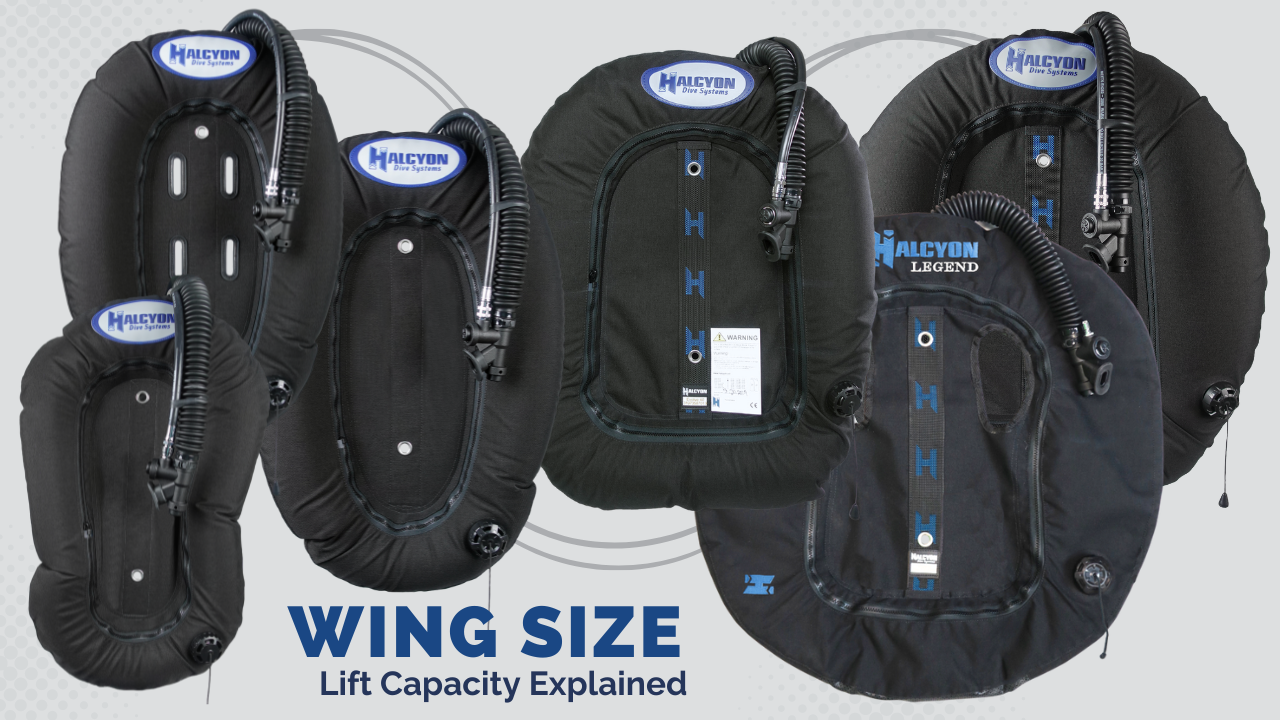
Understanding Lift Capacity
Lift capacity refers to the amount of buoyant force a scuba diving buoyancy compensator (BC) can provide. Think of lift as the ability to counteract the weight of you, the diver, and your equipment. You need to have enough lift to support the weight of your equipment but not so much that you add drag or increase the risk of trapped gas and overly buoyant systems.
The Physics Behind It
At its core, lift capacity is rooted in the principles of buoyancy, meaning that the lift from your BC depends upon the buoyancy created by displacing the surrounding water. According to Archimedes' Principle, this buoyancy relates directly to the weight of the water displaced by your BC. The larger the BC, the more water displaced, and the more lift you create. This buoyancy aspect is not the only force in diving, so you need to dive a bit deeper to find the right balance.
If a diver and their equipment displace 2.5cuft (70L) of seawater, they will experience an upward buoyant force equivalent to that. Since 2.5cuft (70L) of water weighs 154 lbs (70 kg), this is the buoyant force acting on the diver’s equipment. If the combined dry weight of the diver and their equipment is more than this buoyant force, they will sink. If it's less, they will rise. The goal is to adjust your weight and/or your BC size to find a balance that allows you to remain neutral without an excessively large BC or too much weight to carry around.
Did you also know that your equipment can change buoyancy while you dive? This effect occurs from two main factors. A scuba tank will become lighter as you breathe the gas because the breathing gas has weight, and there is less of this gas and the associated weight when you consume the contents of your cylinder. Keep in mind that the gas content itself bears some weight and can also vary; air or 32% nitrox is significantly heavier than a tank containing an 18/45 Trimix blend of helium. Second, your wetsuit or other compressible materials can become thinner while diving deeper, displacing less water and becoming less buoyant.
Matching Lift Capacity with Cylinder Type
Factors Influencing Lift Capacity
Safety Implications of Insufficient Lift Capacity
Insufficient lift capacity takes away a diver's ability to control their position in the water column, which is fundamental to safe diving practices.
The Pitfalls of an Oversized BC
Given the above problems, it might seem like a good idea to have a large wing for added safety. However, an oversized BC introduces a range of problems:
Conclusion
Despite the apparent challenges, choosing the appropriate BC size is not unduly complicated. The sizing chart included above provides some very useful tips to ensure you are in the right lift range for the diving you plan to do. Working with a knowledgeable instructor or Halcyon-authorized dive center can provide great support in helping ensure you are not over or underweight. Generally speaking, you should strive to be close to neutral at the end of the dive when your cylinder is at its lowest pressure. When making changes to your tank and/or thermal protection, be conscious that these might require changing your BC size. Otherwise, you risk diving a system that is too big or too small for the diving you undertake. Selecting the right lift capacity is important for safe and enjoyable dives. It's a balance of physics, equipment configuration, and environmental conditions, ensuring the ability to navigate the underwater world with grace and control.
FAQs
|
Halcyon Dive Systems 1.800.HALCYON (425.2966) 1 (386) 454-0811 |
|
Halcyon Dive Systems 24587 NW 178th Place High Springs, FL 32643 |
|
Customer Service Hours Monday-Thursday 8:00AM - 4:30PM EST Friday 8:00AM - 11:00AM EST |